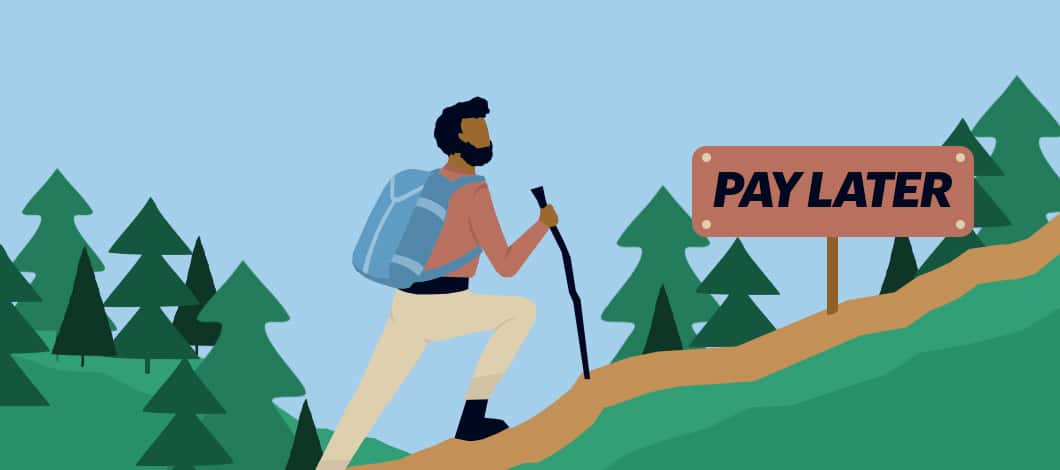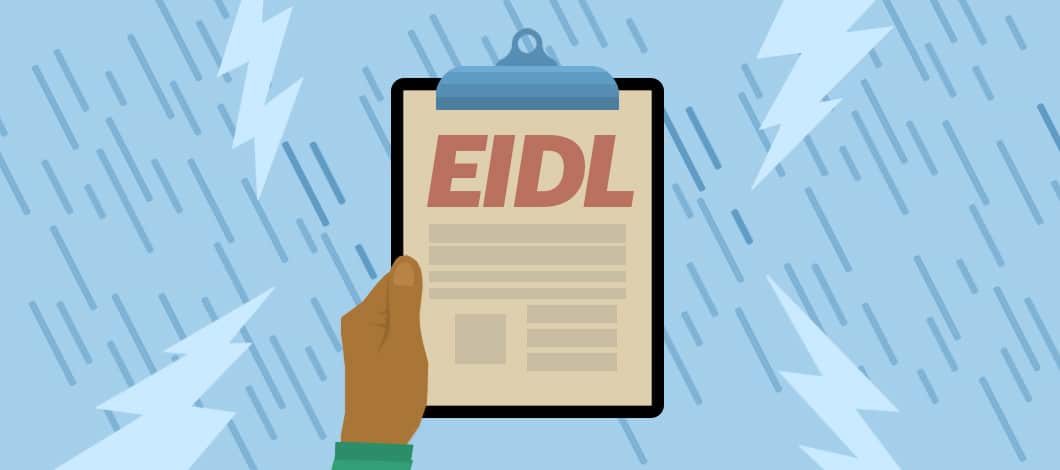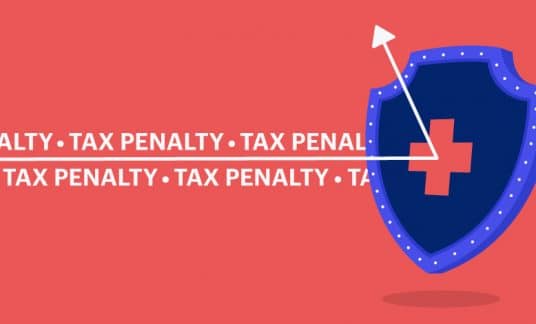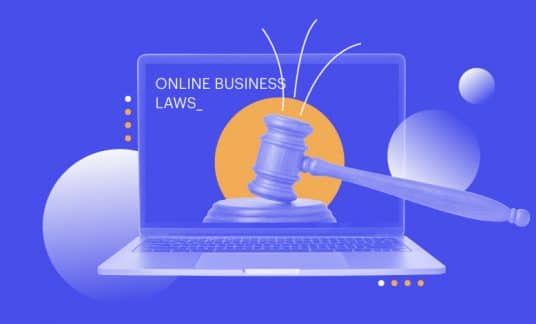The COVID-19 pandemic has devastated many small businesses. Revenues have declined steeply and companies have been forced to lay off employees because of a lack of cash to meet payroll.
As a result, Congress passed the Coronavirus Aid, Relief and Economic Security (CARES) Act. The aim is to provide assistance to businesses. One part of that assistance was to declare the pandemic a disaster to make available funds from the Small Business Administration’s (SBA) Economic Injury Disaster Loan (EIDL) program.
Another part was to allocate funds to the SBA to subsidize payments on existing loans. In addition, the agency is willing to consider SBA loan deferments and modifications to current SBA loans.
Let’s examine each program to see how they work and learn about their advantages and disadvantages.
SBA EIDLs
EIDLs provide loans for small businesses to cover a range of operating expenses. The use of funds isn’t restricted as with loans from the Paycheck Protection Program. Borrowers can use the money to pay utilities, payroll, rent and other overhead expenses. However, funds can’t be used to finance buildings for expansion or refinance other long-term debt.
EIDLs are available to sole proprietors, independent contractors, small agricultural cooperatives, nonprofit organizations and other small businesses with fewer than 500 employees.
Repayment terms are determined on each individual application and depend on the company’s ability to repay the loan. The SBA offers repayment terms of up to 30 years to keep monthly payments low.
According to the Journal of Accountancy, SBA recently increased the maximum loan amount for Economic Injury Disaster Loans to $500,000 to cover 24 months of economic losses. This is an increase from the previous limit of $150,000 for 6 months of economic injury.

What Are the Advantages of an EIDL?
A major advantage of an EIDL is that loan payments aren’t required when the funds are first disbursed.
For all the EIDLs made in 2020, the first payments aren’t due until 24 months from the date of the loan.
For EIDLs made in 2021, the first loan payment isn’t due until 18 months from the date of the promissory note. Borrowers can make interest payments or partial payments during these months of deferment, but they aren’t required. EIDLs can be prepaid with no penalties or fees.
You don’t have to do anything to qualify for the loan deferments. They’re automatic and come with the terms of the loan.
All SBA EIDLs carry an interest rate of 3.75%, which may be considerably less than the rate a small business would receive from their bank or the rates on personal loans.
Say a business already has loans outstanding when it accepts an SBA EIDL. Cash flow in the future could be directed toward paying off the higher interest loans first and then paying down the EIDL.
An advantage of the loan deferment is that it will give businesses more time to get back into operation and increase their revenues to improve cash flow.
What Are the Disadvantages of an EIDL?
Although the low interest rate and generous payment deferment period are attractive, an EIDL does have its downsides.
One disadvantage of an EIDL loan is that it requires collateral for any loan amount above $25,000. This collateral could include your receivables, inventory machinery or other fixed assets.
After you pledge some of the assets of your company as collateral, you can’t sell or transfer any it without getting approval from the SBA. For example, suppose you own a printing business. You want to get rid of an old printer and purchase a new one. You would need to get approval from the SBA for this transaction and this process could take a while.
Another disadvantage is that EIDLs in excess of $200,000 require personal guarantees. This means that your personal assets, such as your home and automobiles, will be at risk in case of default on the loan.
Unlike Paycheck Protection Program loans that can be forgiven under certain circumstances, EIDLs must be repaid, but you could have up to 30 years.
Another disadvantage of the loan deferment is that interest will continue to accrue during the deferment period.
You also can’t change your business structure while you have an EIDL outstanding. For example, if it’s become time to change your business from a sole proprietorship to an S corporation, you’ll need to get the SBA to approve the change.

The SBA Will Subsidize Loan Payments
As part of the debt relief efforts, Section 1112 of the CARES Act provides funds for the SBA to make the loan payments for certain SBA loans. The SBA is covering loan payments up to a maximum monthly limit of $9,000.
Specifically, the SBA is authorized to make the loan payments for 6 months for 7(a) and 504 loans that were approved and fully disbursed on or before Sept. 27, 2020.
For 7(a) or 504 loans that were approved before Sept. 27, 2020, and fully disbursed after Sept. 28, 2020, the Section 1112 payments will be for 3 months, not 6 months.
If you have an SBA loan that was approved before March 27, 2020, the SBA will cover your payments for 2 months.
If your SBA loan falls within any of these time periods for approval and disbursement, you should contact your lender to make sure you’re eligible and that your lender is receiving these payments.
SBA Loan Deferments
Say your business is having temporary cash-flow problems and is having difficulty making the payments on an existing SBA 7(a) or 504 loan. The SBA may be willing to defer your loan payments for a short period. The deferred loan payments will be added to the term of your loan. That means the final maturity date of your loan will be increased by the number of your deferred payments. Interest will continue to accrue while the payments are deferred.
When cash flow improves, the business can resume making regular payments.
Loan deferments won’t affect your credit history. Why? Because the SBA doesn’t report the deferred payments as being late and doesn’t classify the loan as being in liquidation.
-
Need capital? We’ve got you covered.
Receive multiple financing offers through one straightforward application.
Applying is fast, easy — and most importantly — won’t impact your credit.
How to Qualify for SBA Loan Payment Deferments
Qualifying for an SBA loan deferment is somewhat of a delicate balance. You have to convince your lender that the company needs assistance because of a temporary cash-flow problem. But you must note the business is still capable of functioning as a going concern. It just needs a little help to get through the problem.
If the business shows excess cash flow, the lender will turn down your request and insist you continue making regular payments.
Your approach to the lender should contain an explanation that includes:
- The cause of your temporary cash-flow problem
- A plan showing how and when the problem will be solved
You must convince the lender that deferring a few loan payments is the best path forward.
The lender will examine the quality of:
- Your company’s assets, such as inventory and accounts receivable
- the status of the collateral used to secure the loan
If the lender feels confident the business will be able to resume making loan payments, they will grant the deferments.










